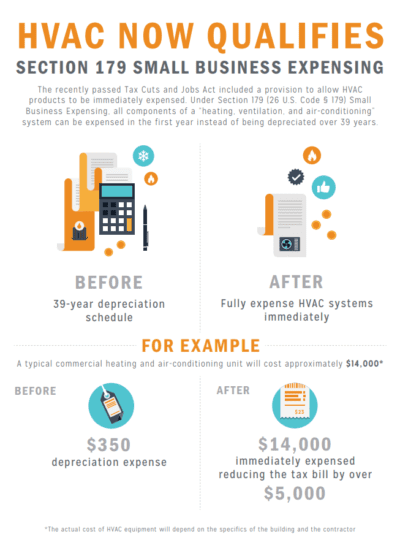How Weather Elements Affect Heatpump Workflow And Practical Measures To Address These Obstacles
How Weather Elements Affect Heatpump Workflow And Practical Measures To Address These Obstacles
Blog Article
Content Composed By-Tuttle Termansen
When it concerns your heatpump, weather condition plays an important duty in its performance. From freezing temperature levels to sweltering heat, each aspect can affect just how efficiently your system operates. However what can you do to fight these weather-related difficulties and ensure your heat pump is operating at its ideal? Keep tuned to discover practical suggestions and approaches to maximize your heat pump's performance, despite the weather conditions it encounters.
Weather Variables Influencing Heat Pump Effectiveness
Weather aspects have a significant impact on the performance of heatpump. One important element is temperature level. Heatpump work by transferring warmth from outside to inside during winter and vice versa in summer season. As temperature levels decline, it comes to be harder for the heatpump to essence warm from the outdoors air, reducing its efficiency.
An additional crucial element is moisture. High moisture degrees can make it more tough for the heat pump to launch warmth during the cooling process.
Additionally, wind speed contributes. Strong winds can dissipate the heat soaked up or released by the heatpump, impacting its overall efficiency.
Tips for Optimizing Heatpump Performance
To enhance the performance and longevity of your heat pump, carrying out a couple of key methods can make a significant difference in its performance.
Firstly, guarantee normal upkeep by cleansing or changing filters every 1-3 months to stop air flow blockages and make the most of airflow. In addition, schedule annual specialist inspections to find and resolve any type of prospective concerns early on.
Optimum thermostat setups also play an important function. During visit the following webpage , aim for a temperature level setting that's as low as comfy, and during the summer season, set it as high as comfy to lower the workload on your heat pump. Using a programmable thermostat can aid you immediately adjust settings based upon your timetable.
Furthermore, sealing leakages in ductwork and shielding ducts in unconditioned rooms can stop energy loss and improve overall system efficiency.
Finally, take into consideration installing a smart thermostat that can learn your habits and change settings as necessary, more maximizing your heatpump's efficiency. By adhering to these pointers, you can ensure your heat pump operates efficiently and effectively throughout the year.
Best Practices for Weatherproofing Your Heat Pump
For optimum efficiency and efficiency of your heat pump, executing weatherproofing measures is crucial. Begin by securing any voids or fractures around doors, home windows, and ductwork to prevent warmth loss and maintain a consistent indoor temperature level.
see here now subjected pipes and air ducts to stop cold throughout cold weather and ensure proper airflow. Take into consideration mounting a safety cover over the outside device to secure it from severe weather aspects like snow, ice, and particles.
Consistently clean the outdoor device to get rid of dust, leaves, and particles that can obstruct airflow and reduce efficiency. Additionally, keep the area around the heat pump free from snow, ice, and plants to enable proper ventilation.
Conclusion
Since you comprehend how weather affects your heat pump efficiency, you can take aggressive actions to optimize its performance. By adhering to the pointers described in this post, such as normal maintenance, thermostat modifications, and weatherproofing actions, you can guarantee that your heat pump operates at its ideal no matter the weather. Keep ahead of the game and maintain your home comfy all year round.
